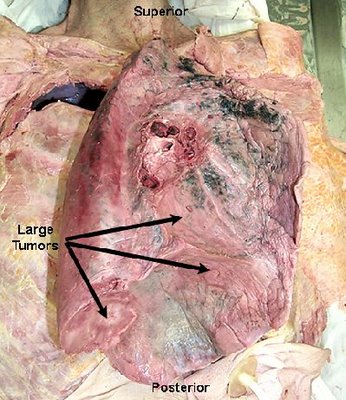
Radiology is the branch of medicine that uses radioactive substances, electromagnetic radiation, and sound waves to create images of the body, its organs, and structures for the purpose of diagnosis and Female Doctor viewing X-raytreatment. Images can also show how effectively the body and its internal organs and structures are functioning.
Radiology was discovered a little over 100 years ago and has evolved into a high-tech science with state-of-the-art equipment to aid in imaging every aspect of the body.
While there has been concern over the potential harmful side effects associated with the use of radiation, it is believed that the small risks are greatly outweighed by the information gained about patients' conditions and radiology's contribution to medical science.
Radiology offers both diagnostic and therapeutic services. The specialty areas of radiology include the following :
- Diagnostic Radiology - An area of radiology that uses external radiation to produce images of the body, its organs, and other internal structures for medical diagnostic purposes.
- Nuclear Medicine - A specialized area of diagnostic radiology that uses very small amounts of radioactive materials to create an image of the body, its organ functions, and structure, for diagnostic and treatment purposes.
- Therapeutic Radiology (Radiation Oncology) - A specialized area of radiology that uses applications of radiant energy to study, treat, and manage cancer and other diseases.
- Interventional Radiology - A specialized area of radiology that uses various imaging techniques to guide the insertion of small instruments and tools through the body to identify and treat a medical disorder without requiring conventional surgery.















No comments:
Post a Comment